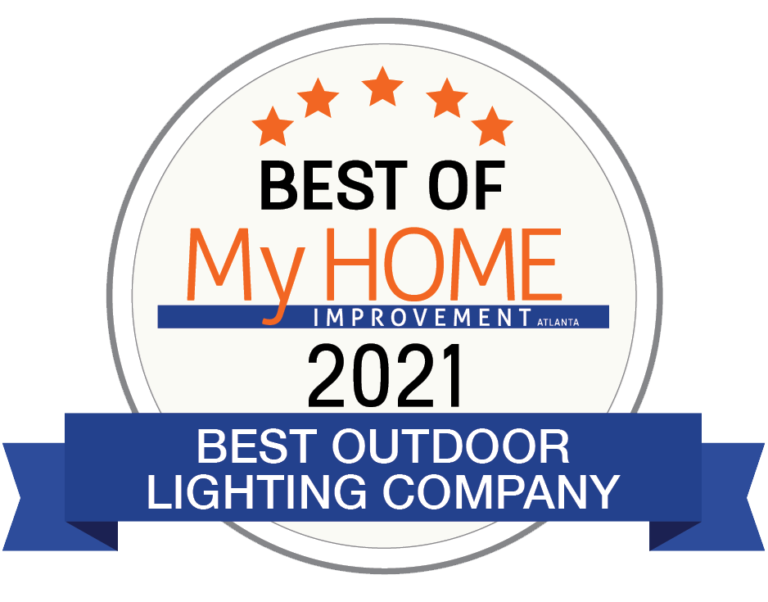


company for thousands of satisfied clients

company for thousands of satisfied clients

company for thousands of satisfied clients

company for thousands of satisfied clients
Great Team
Great Team
Our team designs and installs custom outdoor lighting to accentuate features of your home, landscaping, subdivision entrance, or business.
Better Quality
Better Quality
We offer the highest quality products, professional design, installation and continuing service support for our customers.
Free Consultation
Free Consultation
We provide nighttime demonstrations as well as daytime design consultations
Awards
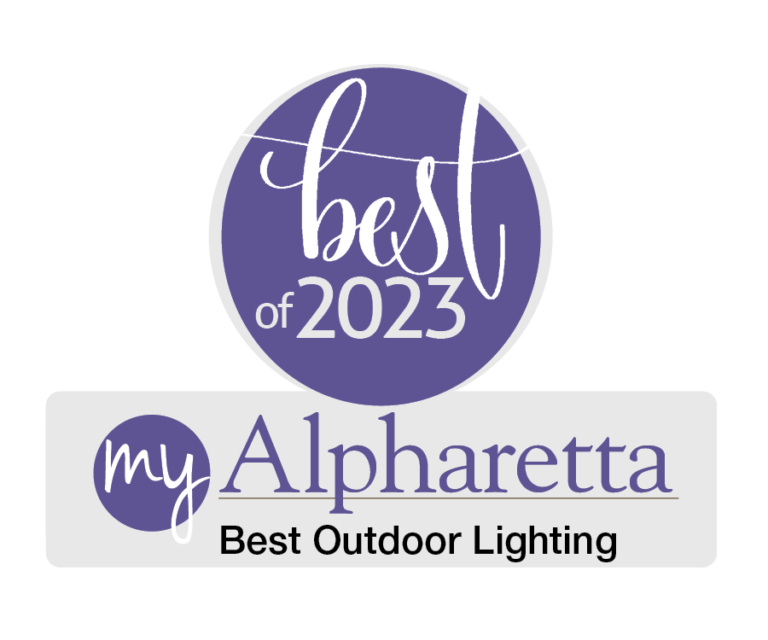
My Alpharetta
Best of 2023
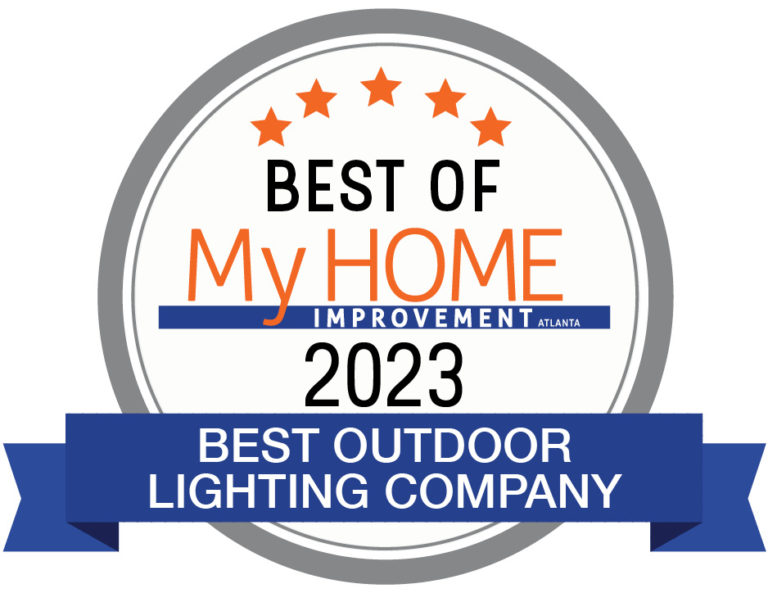
My Home Improvement
Best of 2023
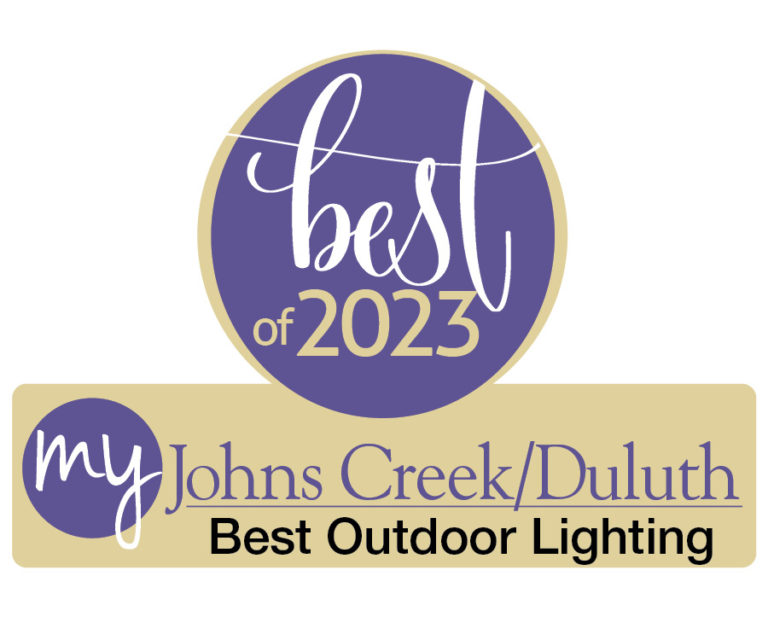
My Johns Creek/Duluth
Best of 2023
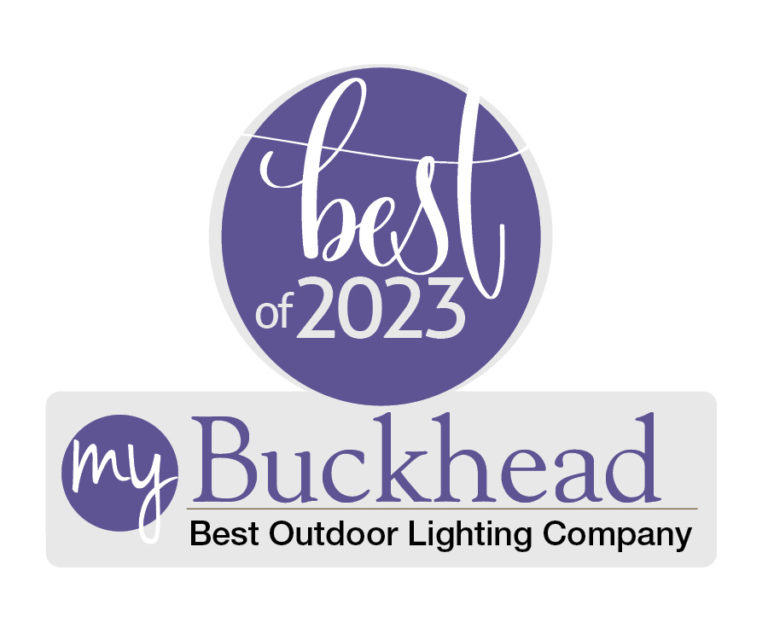
My Buckhead
Best of 2023
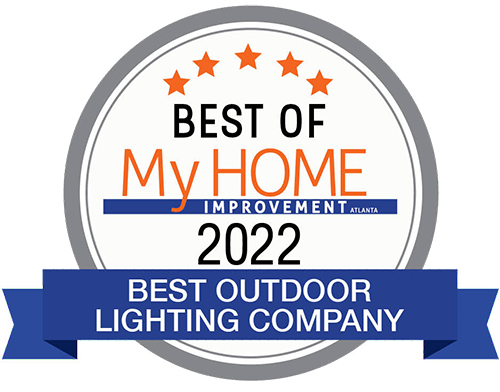
My Home Improvement
Best of 2022

Atlanta Home Mprovement
Best of 2015 Winner

My Home
Best of 2018 Winner

My Home
Best of 2017 Winner

Atlanta Home Mprovement
Best of 2016 Winner

About Us
Our team designs and installs custom outdoor lighting to accentuate features of your home, landscaping, subdivision entrance, or business. We offer the highest quality products, professional design, installation and continuing service support for our customers.
Southern Landscape did an outstanding job with my landscape lighting! I love it!! My yard looks amazing and all of my neighbors have commented on how great my yard looks at night. They were very professional, explained what they were installing in detail. They were reliable and a pleasure to do business with! I would DEFINATELY recommend their services!

We had a great experience with Southern Landscaping Lighting Systems. They came out and demonstrated what was possible for lighting our home. They provided options and did not "hard sell" us on anything. They just answered our questions and it was very helpful to actually see the effect after dark. We decided to do what they suggested and at our request even added an extra side of our house to be lighted. We are very happy with the result. The installers were very friendly, helpful, thorough, and easy to work with

Experience was great - easy to contact, suggested designs, perfect. Excellent prices. Our second home and again, we called Southern Landscape Lighting Systems to make it perfect.

Previous
Next
Call Us today for FREE Consultation
We at Southern Landscape Lighting Systems are appropriately licensed for our trade. We offer residential and commercial services in the metro Atlanta area


